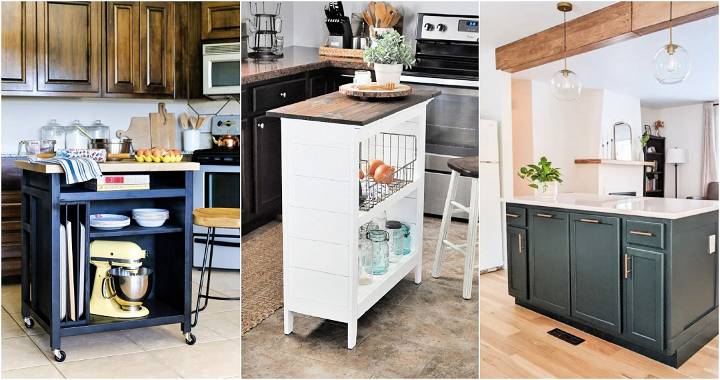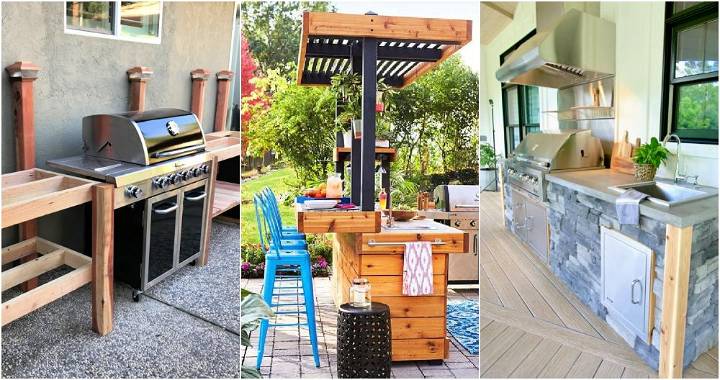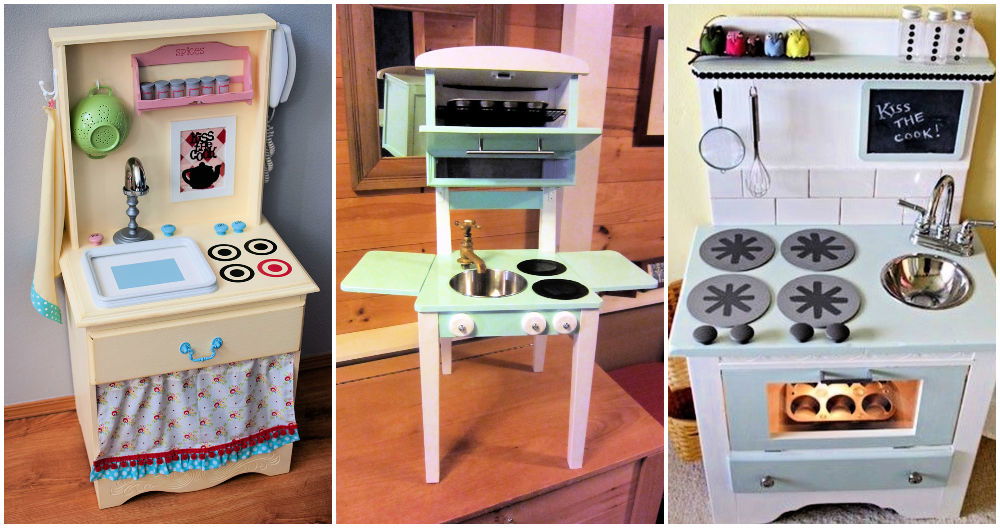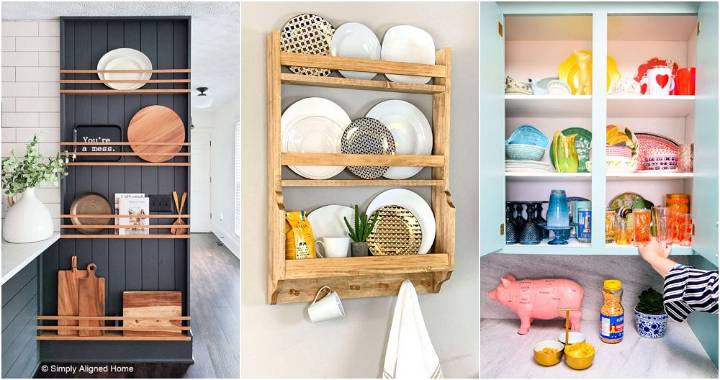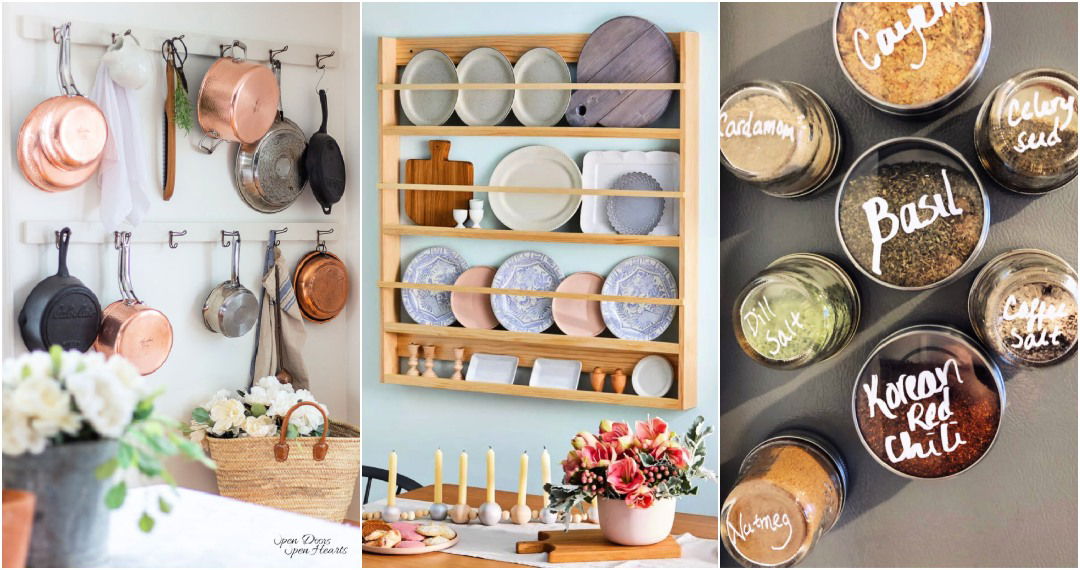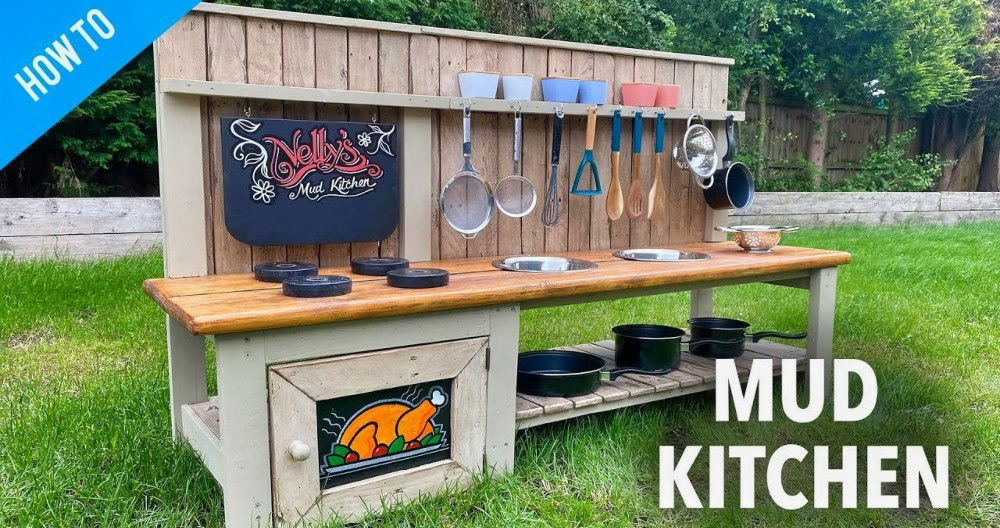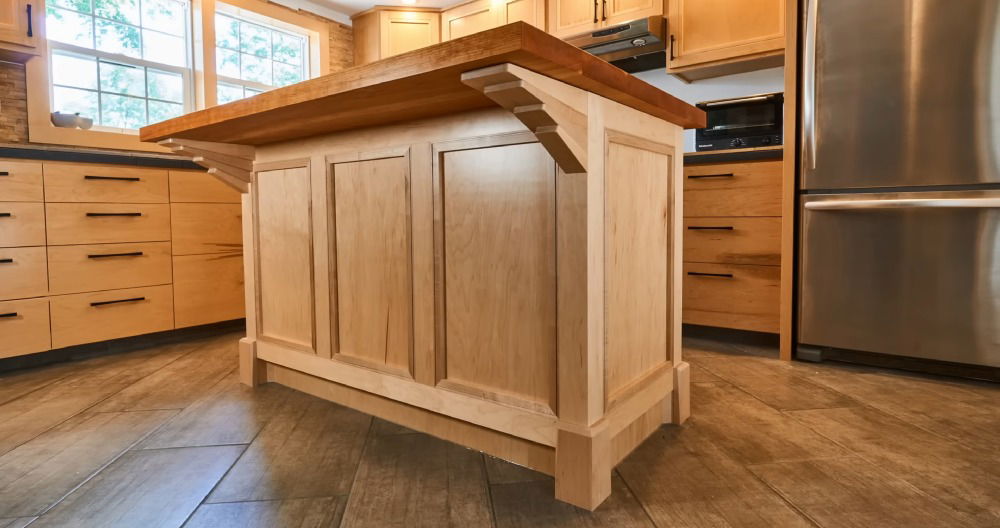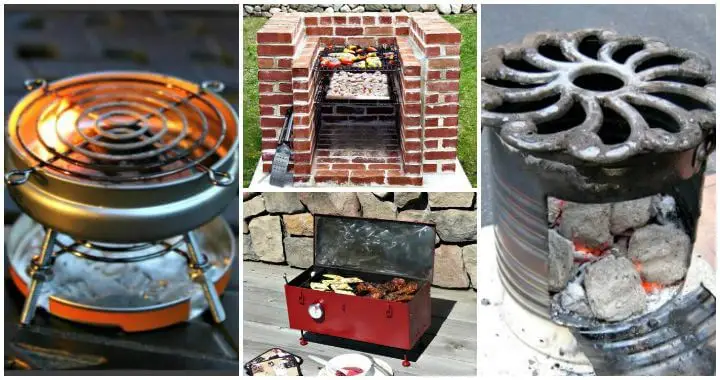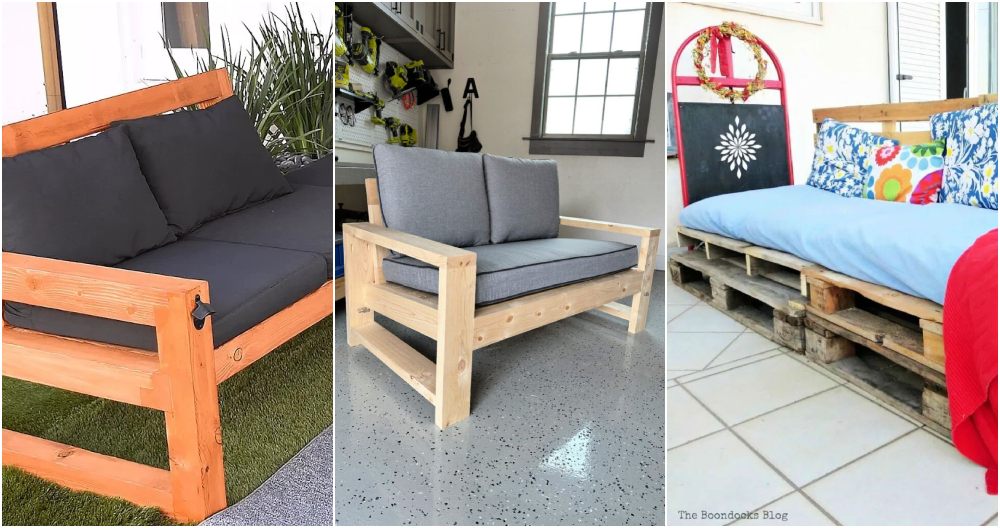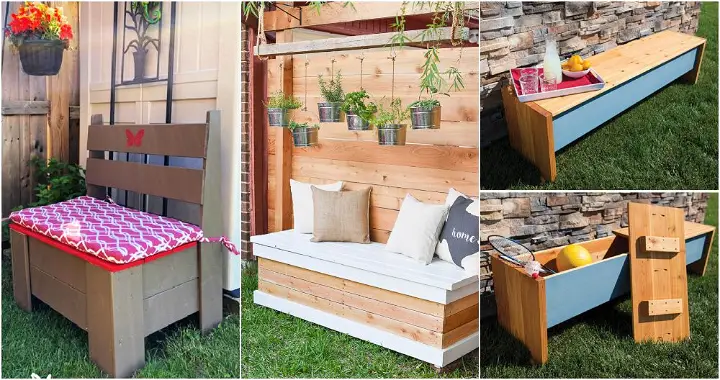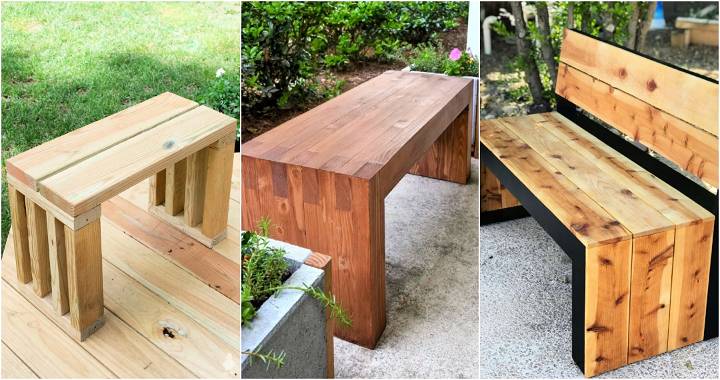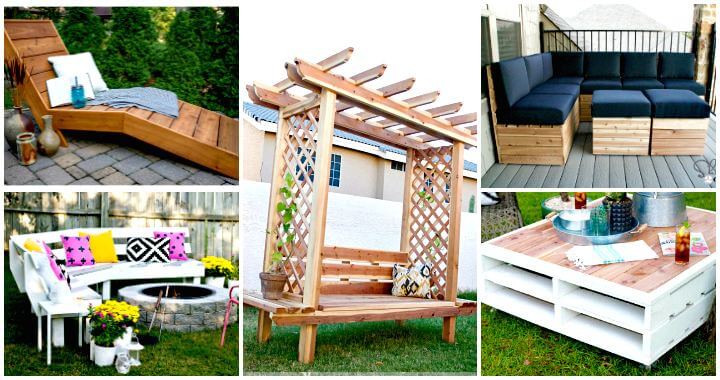Building a DIY outdoor kitchen can transform your backyard into a vibrant space for cooking and socializing. Let's explore the essentials to get you started on this exciting project.
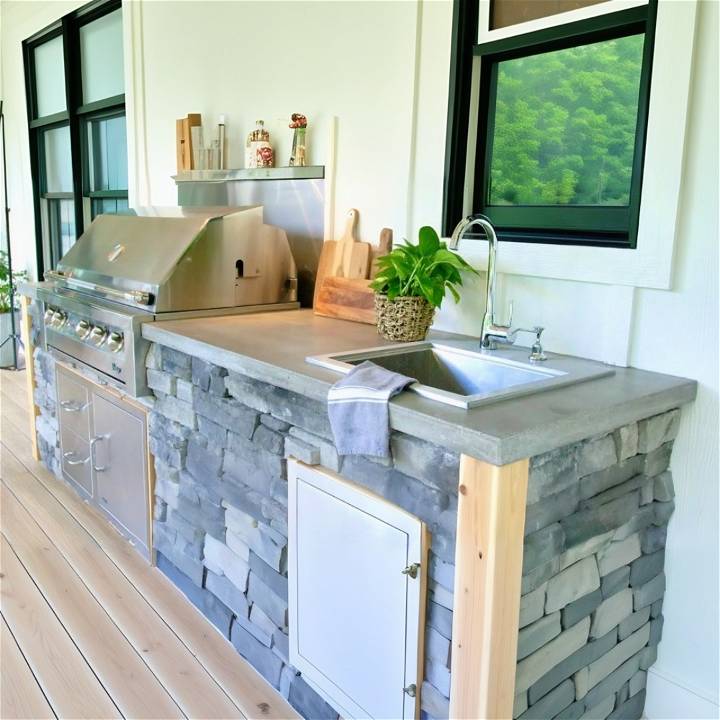
What is an Outdoor Kitchen?
An outdoor kitchen is more than just a place to grill; it's a hub for entertainment and enjoyment in the comfort of your backyard. It's a dedicated space for preparing meals, dining, and making memories with friends and family.
Benefits of an Outdoor Kitchen
- Expands your living space: An outdoor kitchen adds a new area to your home for gathering and entertaining.
- Increases home value: Homes with outdoor kitchens often have a higher market value.
- Enhances outdoor experiences: It allows you to enjoy the outdoors while cooking and dining.
- Perfect for entertaining: Provides a great setting for hosting events or family dinners.
Latest Trends in Outdoor Kitchens
The trends for 2024 show a shift towards sustainability, modular designs, and technology integration. Homeowners are choosing eco-friendly materials and smart appliances to build versatile and stylish outdoor kitchens that reflect their personal taste.
Basic Components
Every outdoor kitchen needs a few key elements to function well:
- Grill: The centerpiece for cooking, with options like gas, charcoal, or smokers.
- Appliances: Refrigerators, wine coolers, and ice makers designed for outdoor use.
- Cabinets: Storage solutions to keep your utensils and ingredients organized.
- Sink: A must-have for food prep and cleanup.
- Countertops: Durable surfaces like granite or concrete for meal preparation.
- Lighting: Adequate lighting is essential for safety and ambiance.
By understanding these basics, you can begin to design an outdoor kitchen that suits your lifestyle and enhances your outdoor living experience.
How to Build an Outdoor Kitchen - Step by Step Guide
As a DIY enthusiast, I always wanted to construct a backyard space that is both functional and adds value to my home. My outdoor kitchen project started with a vision, a grill, a sink, and steps to make it a reality. I hope to inspire others with my journey.
Why I Embarked on This Project
The inspiration struck one fine evening when I was grilling outside, and the inconvenience of running in and out of the house for water or to wash my hands became glaringly obvious. I wanted an outdoor kitchen complete with a grill and sink, where I could cook, entertain, and enjoy the great outdoors without the constant back-and-forth. Moreover, an outdoor kitchen seemed like an excellent way to capitalize on my backyard space, making it more functional and inviting.
Materials Needed
- Pressure Treated Lumber: Ideal for the frame due to its durability and resistance to rot and insects.
- Cedar Posts and Frames: Chosen for aesthetic warmth and natural resistance to weather.
- Cement Board: Serves as a sturdy base for the stone facade.
- Stone Veneer: To match the exterior of my house and add a touch of elegance.
- PEX Plumbing Tools: For extending water supply to the outdoor sink.
- Concrete Countertop Mix: Offers durability and a modern look.
- Silicone Sealant & Heavy-Duty Adhesive: Ensures waterproof sealing and strong bonding of materials.
Step-by-Step Process
Learn how to build your own outdoor kitchen with our step-by-step DIY guide. From planning to sealing, we cover it all for a perfect backyard oasis.
1. Planning and Design
I meticulously planned out the space, considering the size, layout, and how it would blend with the existing landscape and the exterior of my house. I decided on a practical design that included a grill, sink, and enough countertop space for meal prep and serving.
2. Extending the Water Line
The first technical challenge was extending the water line from my son's bathroom out to the backyard. After some research, I used Ryobi's plumbing tools to tap into the existing hot and cold water lines inside the wall, extending them outside. This setup included frost-proof outdoor spigots to simplify winterization.
3. Building the Frame
Using pressure-treated lumber, I constructed several mini-wall frames in my workshop, which were then assembled on-site to form the structure of the kitchen. The framework provided a sturdy base for attaching the cement board and stone veneer.
4. Adding Stone and Cedar Accents
To match my home's exterior, I covered the framework with stone veneer, leaving corners for cedar posts to introduce a warm, contrasting feature. Cedar frames were also crafted for access panels, offering a cohesive look and making maintenance tasks easier.
5. Installing the Countertops
For the countertops, I chose concrete for its durability and modern appearance. I made melamine forms based on the kitchen's measurements, incorporating a sink knockout. After mixing the concrete countertop mix, I poured it into the forms, allowed it to cure, and then carefully removed and placed the countertops on the structure, securing them with a heavy-duty adhesive.
6. Finalizing the Plumbing and Gas
Installing the sink and plumbing was straightforward, thanks to the preparation work. For the grill, I connected it to the gas line, ensuring all connections were secure and leak-free. This was a crucial step to ensure safety and functionality.
7. Sealing and Protecting
The final steps involved sealing the concrete countertops with a suitable sealer to protect against weather and stains. I also applied silicone sealant around the sink and back wall to prevent water ingress, ensuring a long-lasting and durable outdoor kitchen.
Tech Integration in Outdoor Kitchens
In the age of smart homes, outdoor kitchens are not left behind. Integrating technology into your outdoor kitchen can elevate the cooking experience, making it more efficient, enjoyable, and social. Here's how you can bring the latest tech gadgets into your outdoor space.
Smart Grilling Gadgets
Grill smarter, not harder with gadgets designed to perfect the art of grilling. A smart meat thermometer can be your best friend, ensuring your meats are cooked to perfection every time. Devices like the Weber iGrill Mini connect to an app on your phone, alerting you when your food reaches the desired temperature, even if you're up to 150 feet away. For those who prefer a completely wireless option, the Meater+ sends notifications directly to your phone when your food is ready.
High-Tech Barbecue Tools
Say goodbye to the hassle of lighting charcoal with the Looftlighter. This electric wand ignites charcoal in 60 seconds using super-heated air, doubling as a bottle opener and a fireplace lighter in cooler weather. It's a perfect example of how modern tools can simplify traditional cooking methods.
Outdoor Entertainment Systems
An outdoor kitchen is not just for cooking; it's a place to entertain. Incorporate an outdoor speaker system to set the mood with music or catch the game on a weather-resistant outdoor TV. With these gadgets, you can build an immersive experience for your guests while you cook.
Smart Home Integration
Control your outdoor kitchen with the same ease as your indoor space. Smart home devices can now be extended to the outdoors, allowing you to control lighting, music, and even monitor your grill's temperature with voice commands or a smartphone app.
Energy-Efficient Appliances
In line with sustainable living, opt for energy-efficient appliances. Look for grills and refrigerators with Energy Star ratings to reduce electricity usage and save on bills.
By integrating these tech gadgets into your outdoor kitchen, you not only make cooking more enjoyable but also turn your backyard into a high-tech retreat. Remember, the key is to choose gadgets that enhance your experience and fit seamlessly into your outdoor lifestyle.
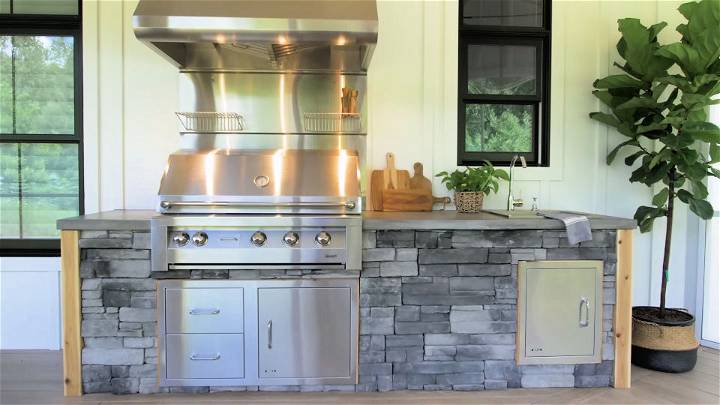
Health and Safety Considerations for Outdoor Kitchens
Building an outdoor kitchen is an exciting project, but it's essential to prioritize health and safety in the design and use of your space. Here are key considerations to ensure your outdoor kitchen is a safe and healthy environment for everyone.
Food Handling and Hygiene
Cleanliness is crucial when handling food outdoors. Always wash your hands before and after touching food, especially raw meat, poultry, or fish. Keep perishable items refrigerated until it's time to cook, and never leave food out for extended periods.
Safe Cooking Practices
When you're cooking, avoid loose clothing that could catch fire and opt for short sleeves or snug-fitting clothes. Use an apron to keep everything tucked in. Be vigilant around hot surfaces to prevent burns.
Grill Safety
Grills are the heart of outdoor kitchens, but they come with risks. Ensure your grill is stable and located in a well-ventilated area, away from structures and overhanging branches. Never leave it unattended while in use.
Fire Safety
Have a fire extinguisher nearby and know how to use it. If you're using a gas grill, regularly check for leaks and ensure all connections are secure. For charcoal grills, use proper lighting techniques and avoid using too much lighter fluid.
Gas Installations
If your outdoor kitchen includes gas appliances, professional installation is key. This ensures that all gas lines are correctly fitted and reduces the risk of leaks or other hazards.
Structural Integrity
Your outdoor kitchen should be built to last, with materials that can withstand the weight of appliances and resist weather-related deterioration. Use sturdy materials like concrete, brick, or stone for longevity.
By following these guidelines, you can enjoy your outdoor kitchen with peace of mind, knowing that you've taken the necessary steps to build a safe and healthy environment for cooking and entertaining.
Personalization and Aesthetics in Outdoor Kitchens
Building an outdoor kitchen that reflects your personal style and aesthetics can transform your cooking and dining experience. Here's how to infuse your outdoor kitchen with character and charm, making it a true extension of your home.
Choose Your Style
Start by deciding on a design theme that resonates with you. Whether it's modern, rustic, or something uniquely yours, the style will guide your choices in materials, colors, and decor. For a modern look, think clean lines and minimalistic design. If rustic charm is more your taste, consider natural woods and stones.
Color Palette
Select a color palette that complements your home and garden. Neutral tones can build a calming backdrop, while bold colors can add vibrancy and energy. Use cushions, plants, and decorative tiles to introduce splashes of color.
Lighting
Good lighting is essential. It sets the mood and ensures you can cook and entertain safely after dark. Consider a mix of ambient, task, and accent lighting. String lights can add a festive touch, while solar-powered lights are an eco-friendly choice.
Materials
Choose materials that are not only durable but also reflect your aesthetic. Stainless steel appliances are sleek and modern, while a stone countertop can add a touch of elegance. Remember, materials should be weather-resistant and easy to clean.
Decorative Touches
Add personal touches with decorative items that tell a story or evoke memories. This could be anything from a set of vintage plates to a hand-painted mural. Your outdoor kitchen should be a space that feels authentically you.
Integrating Nature
Incorporate elements of nature to blur the lines between indoors and out. Potted plants or a herb garden can add life and fragrance, while a water feature can bring a sense of tranquility.
Comfort
Ensure your outdoor kitchen is comfortable as well as beautiful. Invest in quality furniture that invites relaxation and encourages guests to linger over their meals.
By focusing on these elements, you can build an outdoor kitchen that is not only functional but also a reflection of your personal style and a place where memories are made.
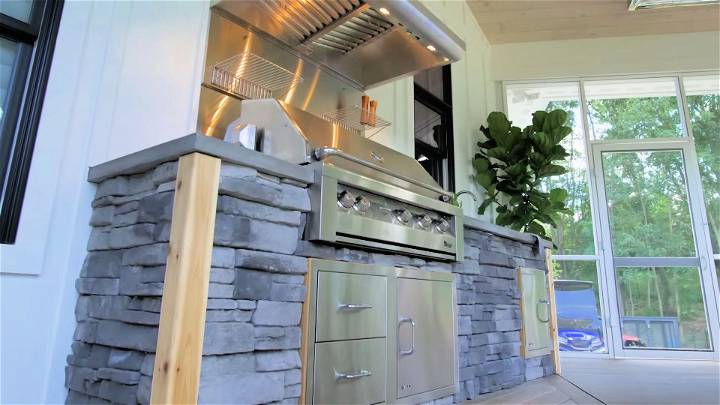
FAQs About DIY Outdoor Kitchens
Building a DIY outdoor kitchen can be a rewarding project. Here are some frequently asked questions to help you get started on the right foot.
What Do I Need to Consider Before Building an Outdoor Kitchen?
Before you start, think about the size of your space, the location (like exposure to elements and proximity to your house), and your budget. Consider what appliances you'll need and the style you're aiming for. If you plan to have a sink or electrical appliances, think about access to utilities.
How Much Will It Cost to Build a DIY Outdoor Kitchen?
The cost can vary widely depending on the materials, appliances, and size of your kitchen. A basic setup could start from a few hundred dollars, while a more elaborate design could go into the thousands. It's best to set a budget early and plan your kitchen accordingly.
Can I Install a Pizza Oven in My Outdoor Kitchen?
Yes, you can! A pizza oven can be a great addition to your outdoor kitchen. Make sure you have a solid foundation and consider the heat output when deciding on its placement. It's also important to think about ventilation and safety when installing a pizza oven.
What Type of Countertop Material Is Best for an Outdoor Kitchen?
For outdoor kitchens, you'll want a durable and weather-resistant countertop material. Some popular choices include granite, concrete, and stainless steel. Each has its benefits and can be chosen based on your aesthetic preference and budget.
How Can I Ensure Proper Ventilation in My Outdoor Kitchen?
Proper ventilation is crucial, especially if you're using gas appliances. Include a vent hood over your grill or cooktop to remove smoke and fumes. Also, ensure that your outdoor kitchen is not enclosed and has plenty of airflow to disperse any gas that might escape.
Remember, when building your DIY outdoor kitchen, always prioritize safety and check local building codes to ensure compliance.
Conclusion
My DIY outdoor kitchen with a grill and sink is more than just a cooking space; it's a testament to the value of planning, hard work, and the joy of making something with your hands. It has transformed our outdoor living experience, making cooking and entertaining more enjoyable and convenient.
For anyone considering a similar project, remember that thorough preparation, the right materials, and patience during the process are key to achieving your dream outdoor kitchen. Whether you're a seasoned DIY enthusiast or a beginner, taking it one step at a time will lead you to build a space that you and your family will enjoy for years to come.


